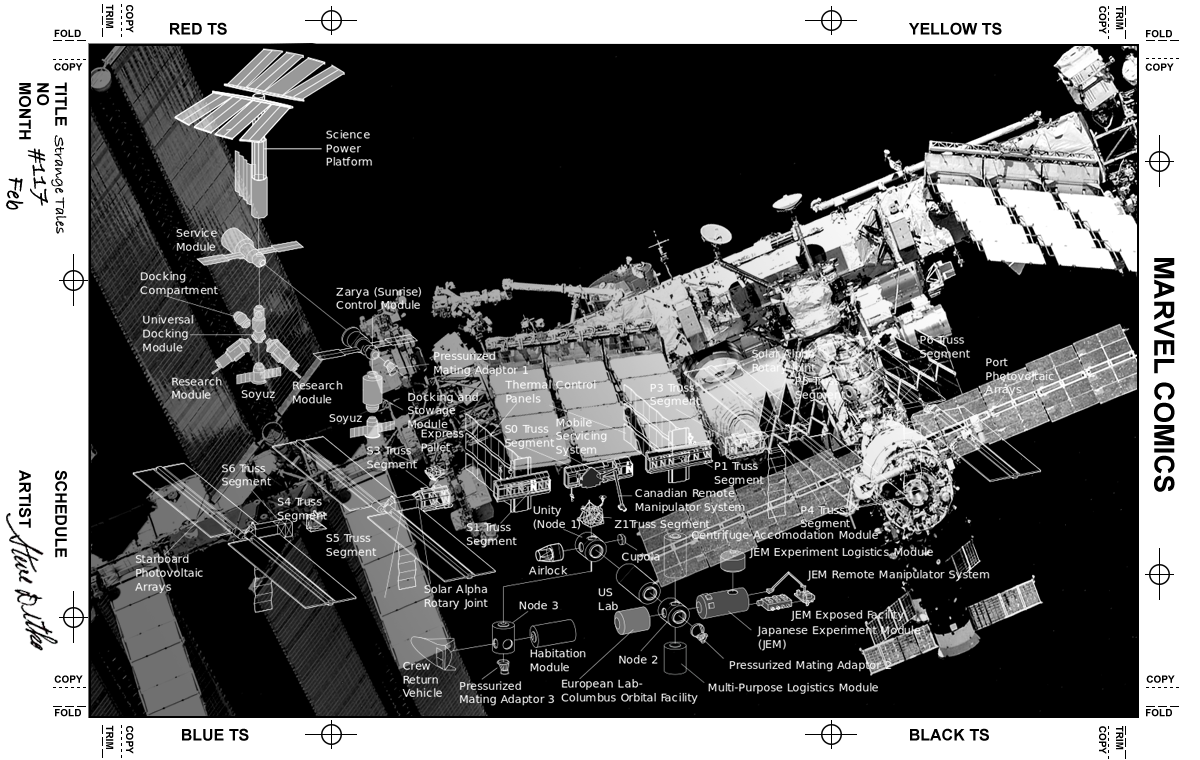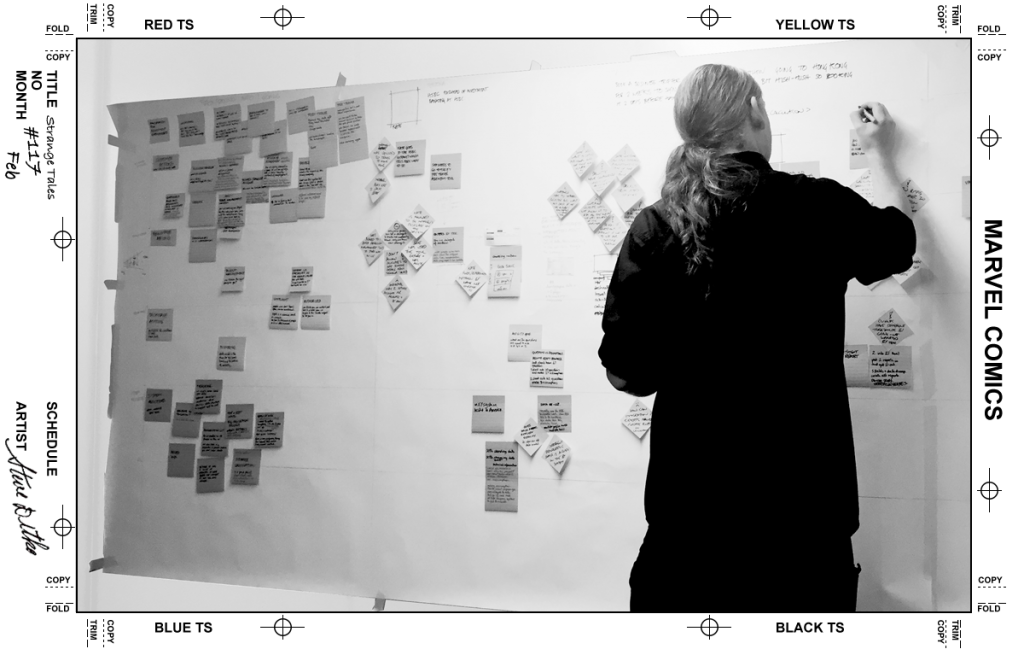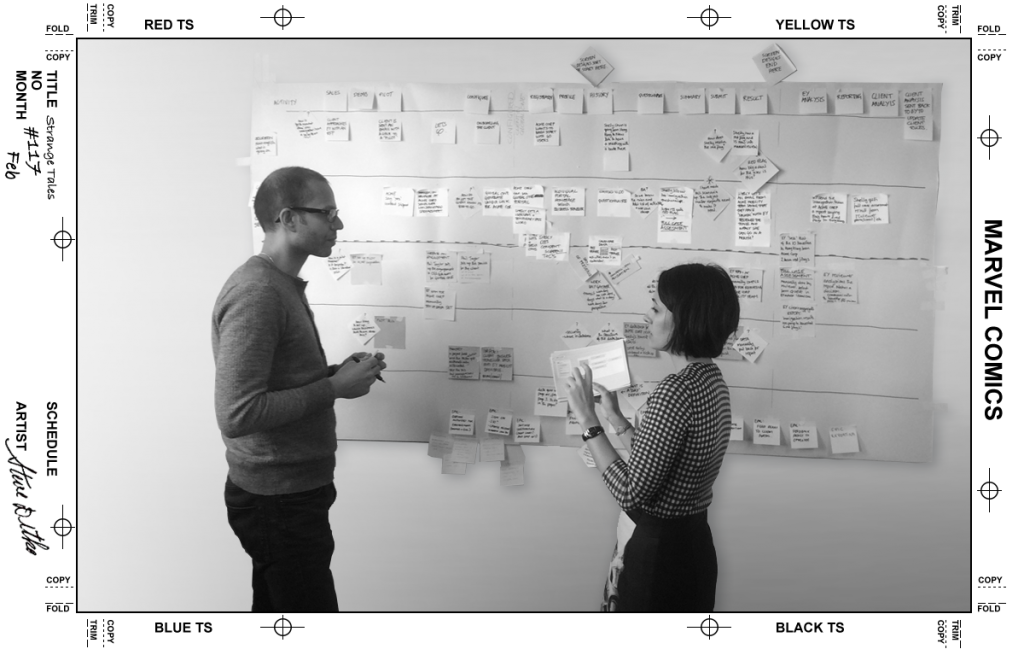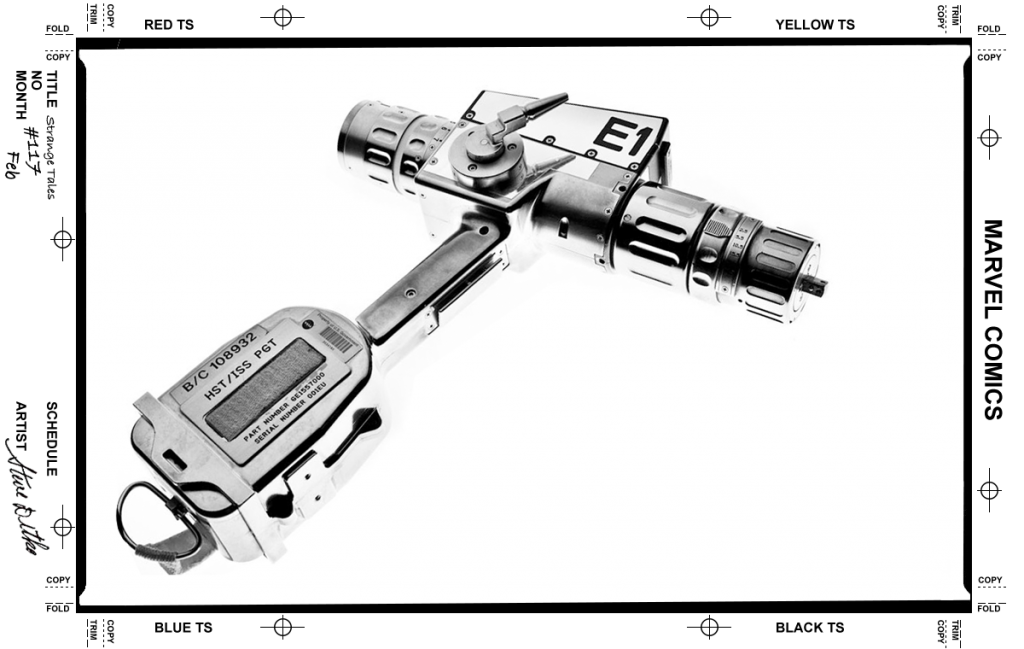
Thinking about Designing Platforms
We are all designing complex digital platforms, in a harsh environment, with a large number of stakeholders and contributors. How are the tools that we have evolving to meet our needs?
Do your tools change as your project evolves or are you stuck with the same customer journey map through out the project?
I think also designing a digital product has become more like creating a digital platform. Your platform has to be built so that it is easy to extend and adapt.
Recently I have been reading a selection of posts by experts in service design.
Some of our tools may be showing their age
Chris Downs one of the founders of live/work who now has his own firm Normally has written about what he thinks is going to be Service design’s third phase. I also came across some of these ideas in a post by Sarah Drummond who runs a design agency called Snook, called The what not the how of Service Design. She links to a great video where Steve Pearce, herself, Louise Downe and Chris Downs discuss some of these idea’s and issues.
Reading through Chris Downe’s and Sarah Drummond’s posts, both describe the second phase as what I think of as the ‘cookie cutter’ approach to service design where is you carry out work of service design using the tools to deliver insights. But those are often viewed as outcomes in themselves. I also think they hint that as service design and human centred design has matured and grown its also become more and more esoteric, as in ‘ intended for or likely to be understood by only a small number of people with a specialized knowledge or interest.’
I have written in the past about looking for the ‘ideal mix’. I have gone from UX, to service, to extreme/agile development companies to try and find the best set up for meeting our users need. I think you can work with your colleagues who are experts in UX Design, Service design, Lean UX, Extreme programming, End-to-end development, User testing, Customer Research, Business analysis, etc, they all have their own tool sets but the strength in working is when you can find the best mixture of the tools or aspects of those tools and you adapt them throughout your projects.
Thinking about platforms
For example I when working at Energized Work, we pitched the idea of building a platforms. We were looking at rebuilding a massive legacy system for a top accountancy firm. I think very few of us work with out of the blue brand new concepts most of us are updating and improving existing systems and services, helping them evolve.
Platforms are bit of a buzz word.
Business Platforms
Business people love talking about platform businesses. Amazon for example which makes money by facilitating transactions. (Linear business creates value by manufacturing products and services.) These platform companies will have a core transaction and getting that right is what a lot of service design is about. So I think the rise of these platform businesses has supported the growth of service design and design thinking.
Software platforms
But from a development point of view platforms are structures that allow multiple products to be built within the same technical framework. So the software can be adapted and modified easily as whatever you build is going to constantly evolve.
There is a certain blurring here of framework and platform. So I am using building a platform in the sense of if you are using a framework like React.js for your front end , you may need to form your own ‘platform-like’ environment by combining various tools and frameworks to deliver your product.
Designing Platforms
So here the designer is taking a holistic view of the whole user experience and creating concepts to be built and tested. So when I was leading Customer Experience at Barclays the mortgages services worked across a load of technology, environments and services. Phone calls, to branch visits, to researching on the mortgage page for the best deals.
But Barclays had an ambition to make the whole process work online. so you could argue that was building a specific mortgage platform within the whole mortgage service. I think the edges between designing platform and service may overlap alot. You could have different services on your ‘transaction’ platform. Or you could build a platform, a mortgage application for your mortgage services. (my language on platform and service is flip-flopping a bit here). But despite strict regulatory requirements it felt like building a platform in that you wanted to build it in such a way that it would eventually be able to incorporate features of the offline experience that you would eventually want to bring into the online experience.
Fluid tools
‘I’m really excited about seeing what this next generation of tools are going to become because they won’t be master planning tools like blueprints, they’re going to be a new set of tools that are coming out that help people on the ground working within silos in multi layered complex organisations, who are trying to lift themselves up into operating a service as designers. Those are going to be a different set of tools. Tools that are about delivery and iteration and improvement and that I think is a really exciting phase for us to be in.’
Chris Downs in the Core 77 video
I think existing tools just become more fluid and less rigid and change over the course of a project. You are building this platform, its going to be a a lot of technology that can adapt and support the services you are trying to design.
For example the never ending customer journey map.

So at the start of the project, you have a kick off meeting and you want to understand the user experience.
You will ask the stakeholders to explain the current state of the service. You will end up drawing a massive picture with a whole bunch of post its covering a wall. You will go and tidy this up and create some customer journeys and maybe some blueprints.

This is going to give you a big picture of what is going on, but also loads of ideas for features you want to develop. To me this begin to feel like story mapping.

Storymapping is for me a customer journey map with each of the touchpoint acting as epics and broken out into smaller user stories. Jeff Patton developed the idea of organising a story backlogs into a Story Map way back in 2008. On this project our BA and PM mashed up the prioritisation of a story map with the customers journey through the platform, so it became a sort of Story Planning.

The stories in your story map are easily transferred to your Kanban board so that you can see how you are working the stories. These two obviously support each other.
Traditional screen flows and information architecture can also be used to support your development process, so we found screen designs began to become part of our cards and a focus of pre-planning for development. As design was working slightly ahead of development.

All of these tools share a post-it or a story cards, as the smallest element for describing what is going on. So wether consciously or not, working on this project we carried our user stories/features through a whole range of ‘tools’. I suspect this is how most integrated UX and Dev teams end up treating their customer journey points as they move through to story cards.
The constant in the project was the cards, and they were used across a range of tools. But the tools became mash ups of ‘classic’ tools, that we adapted to work better for us.
So if service design is entering its third phase, UX is probably on its seventh, we are more confident with our tools and use them in a way that they weren’t originally intended. I also think that as T shaped designers we will learn about other peoples tools and aspects of them will fold into ours.

To quote a NASA post about having the right tools, ‘developing the right tools requires a great deal of creativity because every task is different, especially when the tools need to be designed from scratch. From the time an engineer dreams up the right tools to the time they are used in space, it can be quite a process.’